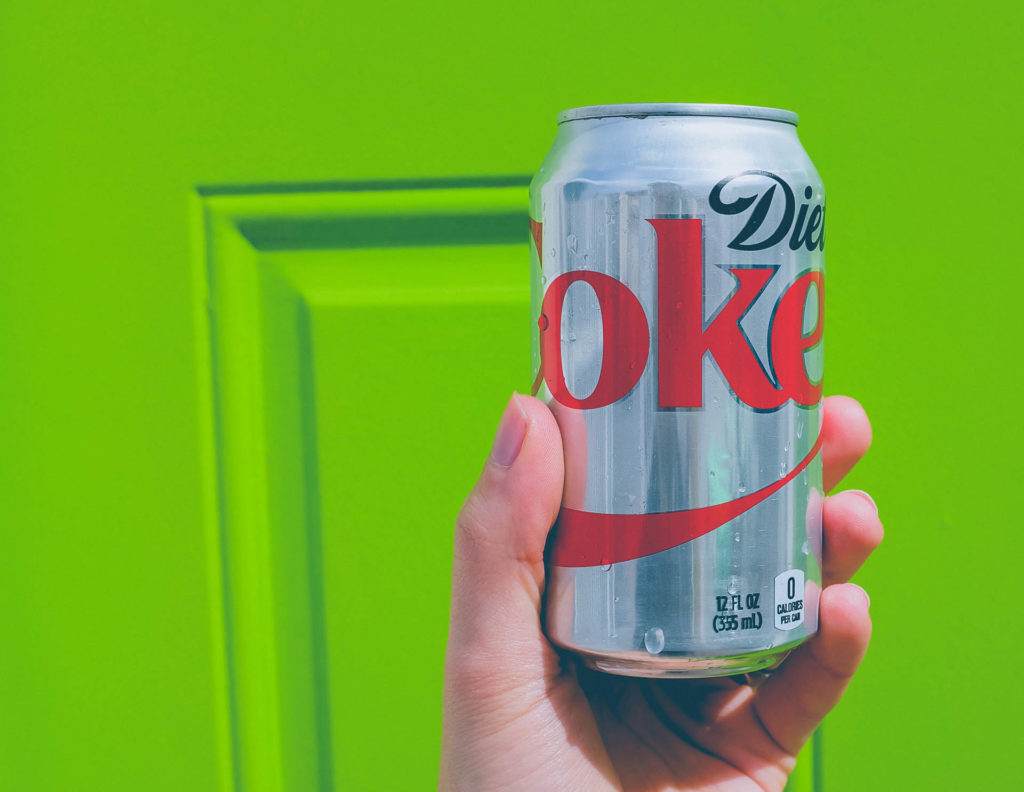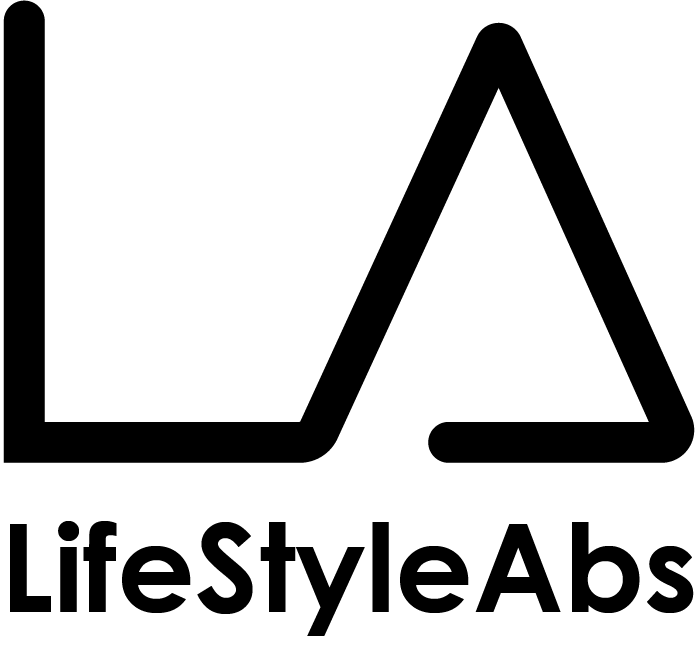Americans spend about ninety percent of their food budget on processed foods, which, unlike whole foods, have been treated in some way after being harvested or butchered. Almost all of these processed foods contain additives, substances intended to change the food in some way, like longer lasting on the shelves, better tasting, more addicting, etc. before it is sold to consumers.
What Is A Food Additive?
The federal Food, Drug, and Cosmetic Act defines a food additive as, “any substance the intended use of which results or may reasonably be expected to result, directly or indirectly, in its becoming a component or otherwise affecting the characteristics of any food. . . . (Such substance is not generally recognized, among experts qualified by scientific training and experience to evaluate its safety, as having been adequately shown through scientific procedures … to be safe under the conditions of its intended use. . .)

If the federal government itself defines food additives as being of unknown safety – perhaps that’s reason enough to think twice about eating them.
Additives And Bad Foods
A short list of the more common “bad” foods and the additives in them:
- is composed of either 42 percent or 55 percent fructose, with the remaining sugars being primarily glucose and higher sugars. In terms of composition, high fructose corn syrup is nearly identical to table sugar (sucrose), which is composed of 50 percent fructose and 50 percent glucose. Glucose is one of the simplest forms of sugar that serves as a building block for most carbohydrates. Fructose is a simple sugar commonly found in fruits and honey.*
- ** is one of the most dangerous substances ever added to food. It is made from phenylalanine, an amino acid, and methyl alcohol, a poison. Not only has aspartame been proven to make you fatter, it’s been proven to cause some pretty serious diseases, not the least of which are cancer and neurological diseases.
And the proof is on file already. Aspartame has brought more complaints to the FDA than any other additive-ever. It’s responsible for a full 75 percent of the complaints the agency gets. From 10,000 consumer complaints, the FDA compiled a list of 92 symptoms, including death. *
- *** with Aspartame. The unwanted effects from diet soda show up in the form of obesity (The amino acid phenylalanine in aspartame out-competes all the other at enzyme sites in the body. This suppresses the formation of dopamine from tyrosine and the formation of serotonin from tryptophan. The serotonin is the neurotransmitter that reports carbohydrate metabolism. When your serotonin levels are not allowed to rise as they normally do when you eat carbohydrates you crave more and more food. Dopamine is the neurotransmitter that lets you feel satisfied, so when you use aspartame you have unsatisfiable cravings. The methyl alcohol in aspartame also poisons your metabolism so you cannot burn calories and body poisoning causing cancer (it also causes blindness). Methyl alcohol has long been recognized in medicine for its ability to block metabolism. For this reason when doctors see somebody who has been poisoned by ingesting methyl alcohol or methyl esters they can accurately predict the patient will develop a severe acidosis because the food cannot be metabolized in the normal manner and the breakdown products of the methyl alcohol in addition to the acids developed from the blocked metabolism gravely endanger the patient’s life. NutraSweet is a very aggravated form of methyl alcohol poisoning).

- (from Latin gluten “glue”) is a protein composite that appears in foods processed from wheat and related species, including barley and rye. It gives elasticity to dough, helping it to rise and to keep its shape, and often giving the final product a chewy texture. Enough of the human population suffers from gluten sensitivity of one kind or another that many foods are now labelled to clarify whether they contain gluten.
Stevia* – Free of: sugar, gluten, erythritol (sugar alcohol, usually derived from GMO corn), corn syrup, aspartame, saccharin, artificial fillers, yeast, wheat, lactose, animal products. This is a much safer sweetener.
Turbinado Sugar – An alternative to white table sugar. Unlike typical granulated sugar, Turbinado sugar crystals are much larger, and are made at an earlier period in the sugar cane processing method. It retains some of the flavor of molasses, a natural byproduct of the sugar process and also many of the trace nutrients removed from white table sugar. This allows the body to properly process it.
** The Douglass Report: Dr. William Campbell Douglass, called medicine’s most popular mythbuster.
*** http://www.medicalnewstoday.com/articles/34040.php, National Institute of Environmental Health Sciences (NIEHS), part of the U.S. Department of Health and Human Services. http://www.dorway.com/rense.html
© Copyright – Hector Sectzer





